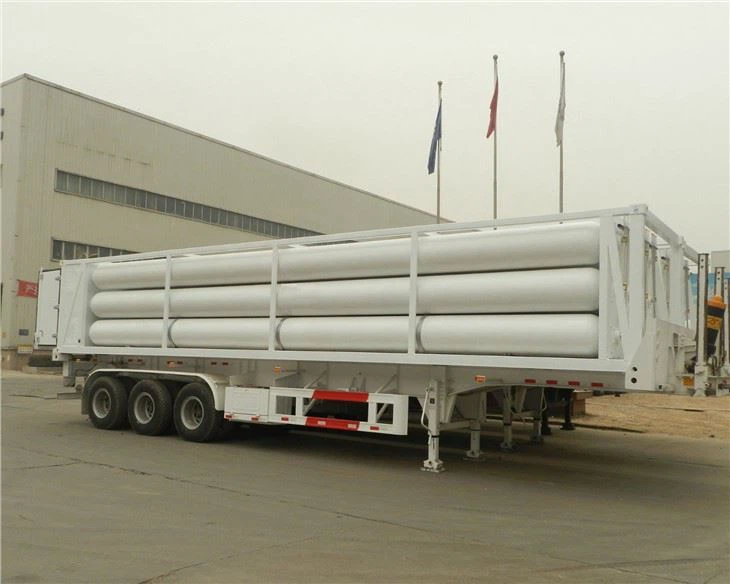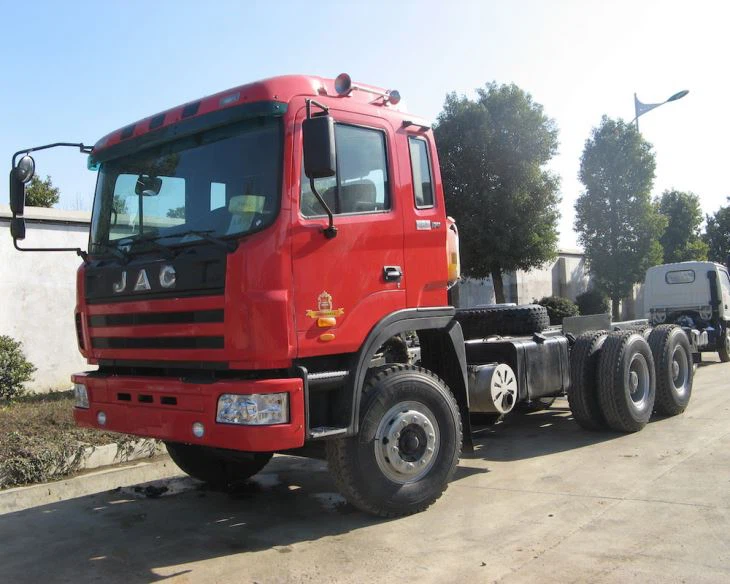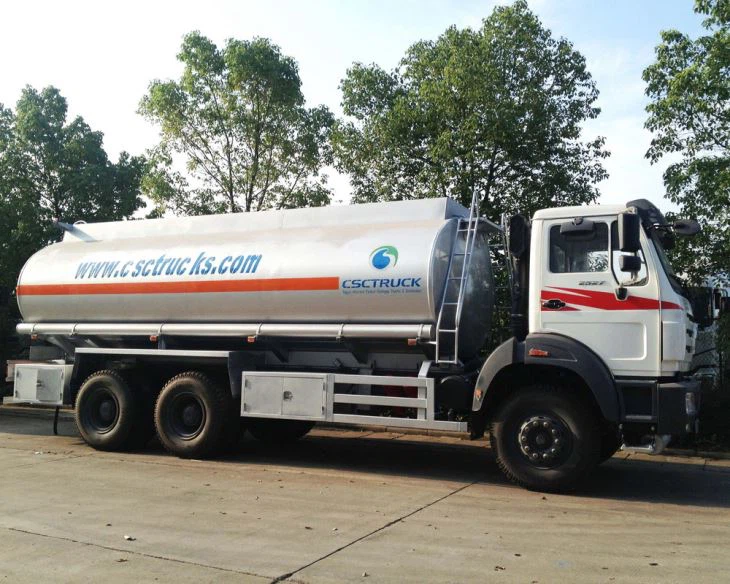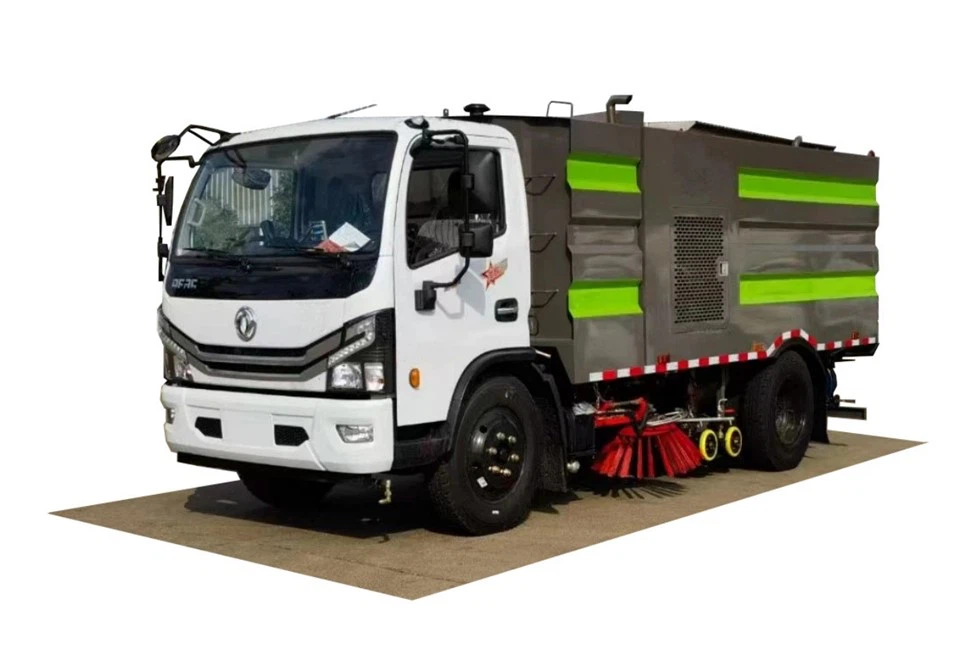Understanding Dump Truck Capacities: A Comprehensive Guide

When it comes to construction, landscaping, or any large-scale hauling project, dump trucks are indispensable. Recognizing their capacities not only helps in estimating costs but also ensures that projects run efficiently. This article explores everything you need to know about dump truck capacities, from types of dump trucks to calculations and practical tips.
What is a Dump Truck Capacity?
Dump truck capacity refers to the volume that a dump truck can carry, usually measured in cubic yards or cubic feet. Understanding this capacity is crucial for determining how much material can be moved and planning logistics effectively.
Types of Dump Trucks and Their Capacities
Standard Dump Trucks
Standard dump trucks are the most common type, typically used for hauling loose material such as dirt, sand, and gravel.
- Typical Capacity: 10 to 14 cubic yards.
Heavy Duty Dump Trucks
These trucks are designed for larger loads and are often used in major construction sites.
- Typical Capacity: 14 to 16 cubic yards.
Articulated Dump Trucks
These trucks feature a hinge between the cab and the dump box, improving maneuverability.
- Typical Capacity: 20 to 25 cubic yards.
Mini Dump Trucks
Ideal for tight spaces, mini dump trucks are better suited for small projects.
- Typical Capacity: 1 to 5 cubic yards.
Side Dump Trucks
Side dump trucks can unload material to the side, making them efficient in specific types of jobs.

- Typical Capacity: 16 to 24 cubic yards.
Transfer Dump Trucks
These have a separate trailer that carries additional loads, allowing for more versatile operations.
- Typical Capacity: 20 to 30 cubic yards.
Calculating Dump Truck Capacities
Understanding Volume Measurements

When calculating the capacity of a dump truck, two primary measurements are utilized: cubic yards and cubic feet. Knowing how to convert between these measurements is essential.
Cubic Yards to Cubic Feet
1 cubic yard = 27 cubic feet.
Example Calculation
If a dump truck has a capacity of 15 cubic yards, it can carry:
15 cubic yards × 27 = 405 cubic feet.
How to Measure Dump Truck Bed Dimensions
To determine the capacity of a truck, you can follow these simple steps:
- Measure the length (L), width (W), and height (H) of the truck bed.
- Use the formula: Capacity (cubic feet) = L × W × H.
- Convert to cubic yards by dividing the cubic feet result by 27.
Factors Influencing Dump Truck Capacity
Type of Material
The type of material affects the overall weight and volume capacity. For instance, a truck may carry more lightweight materials like wood chips than heavy aggregates such as boulders.
Truck Design and Structure
Some trucks are designed for specific applications, impacting their overall capacities. For example, a transfer truck can carry more than a standard dumper due to its ability to transport a trailer of materials.
Legal Weight Limits
Each state has specific laws regarding weight limits on trucks. Exceeding these limits can lead to fines or damage to roadways.
Table of Common Legal Weight Limits by State

| State | Max Weight (lbs) |
|---|---|
| California | 80,000 |
| Texas | 80,000 |
| New York | 80,000 |
| Florida | 80,000 |
Practical Examples and Tips for Maximizing Dump Truck Use
Choosing the Right Dump Truck for Your Project
Kicking off with the wrong size truck can lead to inefficiency. Understanding your load requirements is essential.
- For smaller landscaping tasks, opt for mini dump trucks.
- For larger materials like concrete or asphalt, consider heavy-duty or articulated dump trucks.
Efficient Loading Techniques
Proper loading maximizes a dump truck’s capacity. Here are some tips:
- Evenly distribute the material to ensure stability.
- Avoid overloading, which can affect safety and performance.
Regular Maintenance Checks
To keep your dump truck in good condition, regular maintenance is vital. Check the following:
- Tires and brakes for wear.
- The hydraulic system and lift mechanism.
FAQs About Dump Truck Capacities
1. How do I know what capacity dump truck I need for my project?
Assess the volume of materials you need to transport and match it with the appropriate dump truck type based on your measurements.
2. Can dump trucks carry any type of material?
Dump trucks are designed for specific material types, such as aggregates or debris. Ensure to select a truck suitable for the material.
3. What is the average lifespan of a dump truck?
The lifespan varies but typically ranges from 10 to 15 years with proper maintenance.
4. Are there special regulations regarding dump truck operations?
Yes, regulations vary by state regarding weight limits, routes, and safety measures. Always check local laws.
5. What are the benefits of using a transfer dump truck?
Transfer dump trucks offer increased capacity and versatility, allowing you to haul larger loads while maintaining road safety and legal limits.
6. How can I maximize the load without exceeding weight limits?
Understand the density of the material you are hauling and calculate accordingly to ensure you stay within legal limits.
